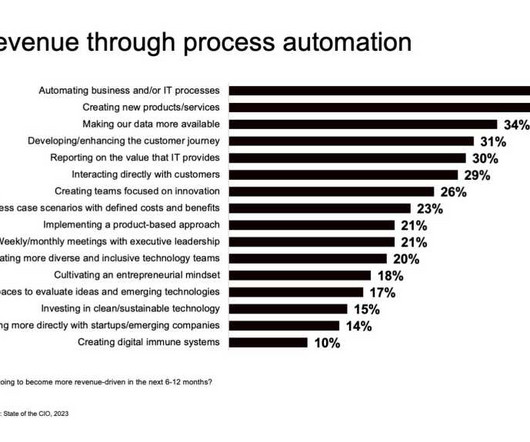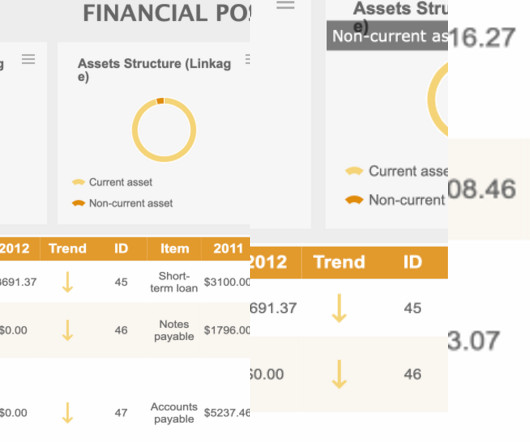Enter the next phase of Industry 4.0 with edge AI
CIO Business Intelligence
DECEMBER 3, 2024
The business world is changing at a rapid pace. Less than 10% of the FTSE 500 companies that existed fifty years ago are still around today and less than half of the companies founded since 2000 are still operating. Aligning modernisation with the firm’s business results and corporate vision is another key factor.


























Let's personalize your content